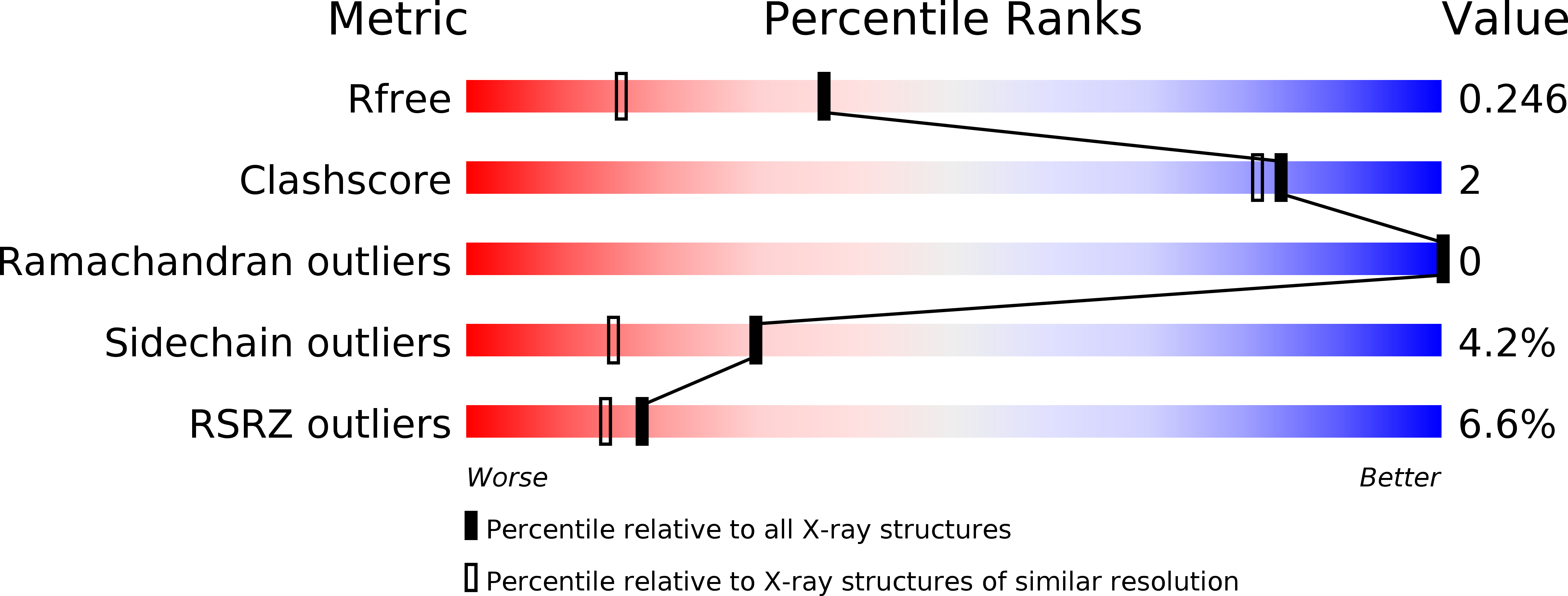
Deposition Date
2014-06-24
Release Date
2015-01-14
Last Version Date
2024-11-06
Entry Detail
PDB ID:
4QPS
Keywords:
Title:
Crystal structure of Jak3 complexed to N-[3-(6-Phenylamino-pyrazin-2-yl)-3H-benzoimidazol-5-yl]-acrylamide
Biological Source:
Source Organism:
Homo sapiens (Taxon ID: 9606)
Host Organism:
Method Details:
Experimental Method:
Resolution:
1.80 Å
R-Value Free:
0.25
R-Value Work:
0.20
R-Value Observed:
0.20
Space Group:
P 1 21 1


